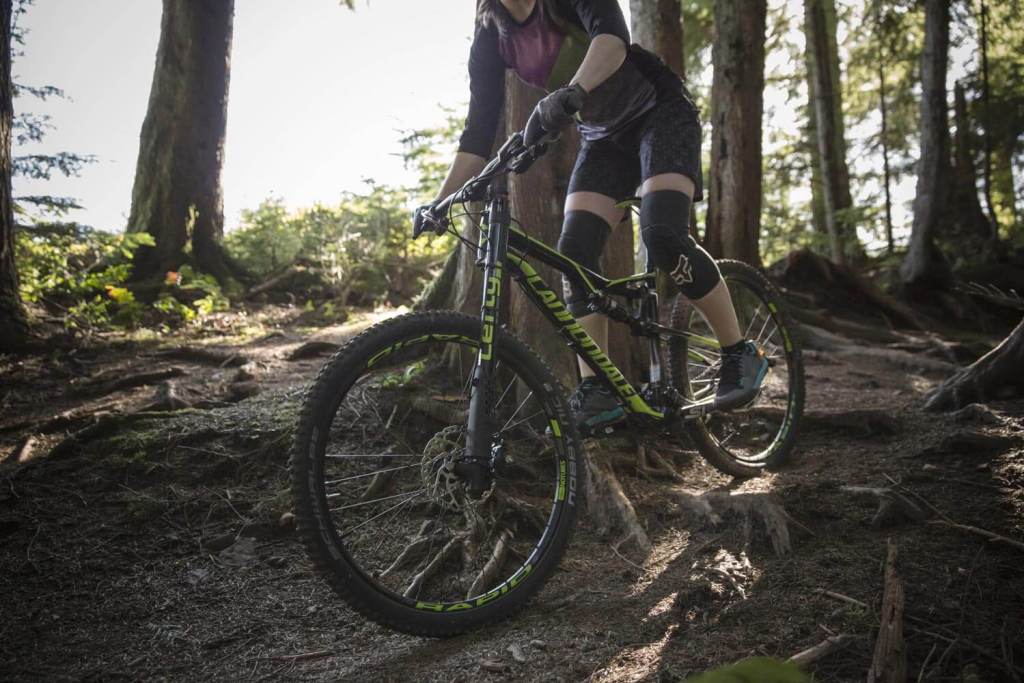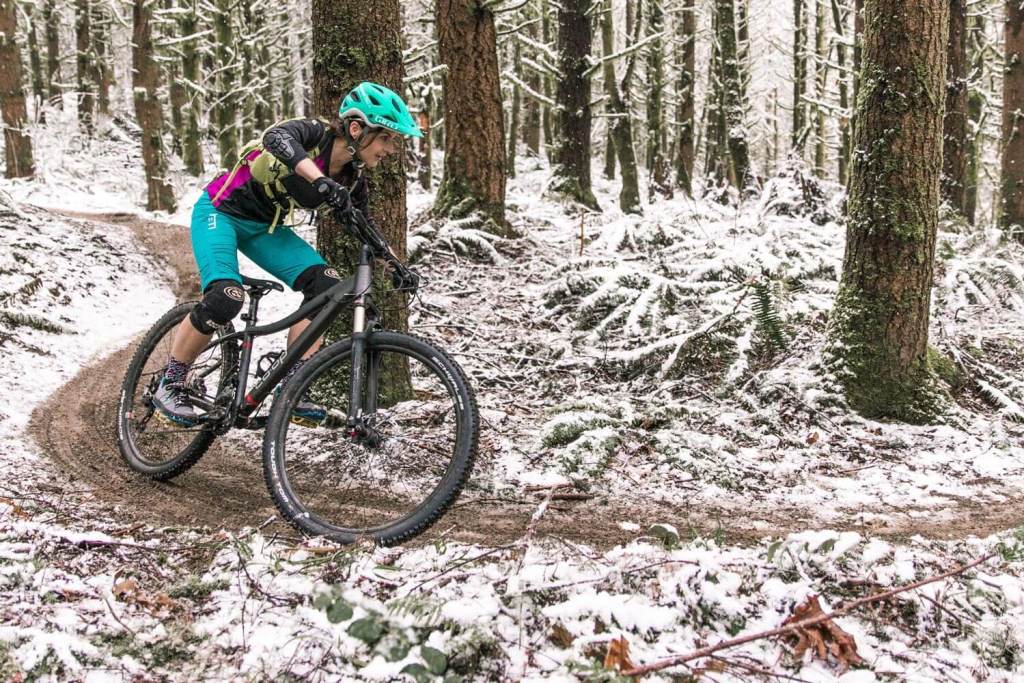If you’re shopping for a new mountain bike, you’ll inevitably face a big choice: full-suspension or hardtail?
A full-suspension mountain bike features both a suspension fork up front and a rear shock, whereas a hardtail bike has only a suspension fork. The type of suspension a mountain bike has will affect the bike’s control, traction and comfort—not to mention how enjoyable it is to ride.
So, which type of mountain bike is right for you? The answer depends largely on how much you’re willing to spend and the terrain you like to ride, but there are other factors, too. The brief answer is: Choose a full-suspension bike if you are willing to spend a bit more and you want to ride technical trails. On the other hand, choose a hardtail bike if you’re on a tighter budget and/or plan to spend most of your time on smoother trails.

A full-suspension bike is right for you if:
- You’re willing to spend a bit more: High-quality, entry-level full-suspension mountain bikes start at about $1,500. If you’re OK with spending that amount (or more) and full-suspension makes sense for the type of terrain you want to ride, then it’s likely a good choice.
- You mostly ride technical trails: If pedaling through rock gardens, up and over roots and off of drops is your idea of a fun ride, then a full-suspension mountain bike is for you. This is the type of terrain that full-suspension bikes are built for; the combination of front and rear suspension creates a smoother ride with better traction and handling, which can translate to more fun on rough terrain.
- You want a more comfortable ride: A full-suspension mountain bike will soak up most of the jarring bumps that would otherwise be sent to your body (and in some cases, buck you off your bike). This can help reduce fatigue, which in turn can allow you to ride faster, for longer, with greater comfort.
- You have a need for speed: Front and rear suspension do such a good job of absorbing bumps that you can typically carry more speed through technical sections of trail than you would be able to with a hardtail.

A hardtail mountain bike is right for you if:
- You’re on a budget: You can almost always get more bike for your buck with a hardtail, especially if your budget is set at about $1,500 or less. This is because hardtails have a simpler design that’s less expensive to manufacture, which allows bike makers to include higher-end components (like derailleurs, shifters, brakes, etc.) than are typically featured on similarly priced full-suspension bikes.
- You mostly ride smooth trails: If you spend the majority of your time on fairly smooth trails, then a hardtail bike can offer you a fast and fun ride that will soak up moderate bumps with its front suspension fork.
- You like low-maintenance: With fewer moving parts, hardtail bikes are simpler and less-expensive to maintain than full-suspension bikes. Of course, a certain amount of basic maintenance is still required. Learn more in our Bike Maintenance Basics article.
- You want a light bike: Hardtail bikes generally weigh less than full-suspension bikes because their simpler design has fewer parts. Less weight can be a good thing if your ride will include lots of climbing or covering long distances. With that said, higher-end full-suspension bikes can be quite light, so if you’re willing to spend the money, the weight difference can be minimal.
Want more? You can find additional information about mountain bike suspension in our Bike Suspension Basics article.
